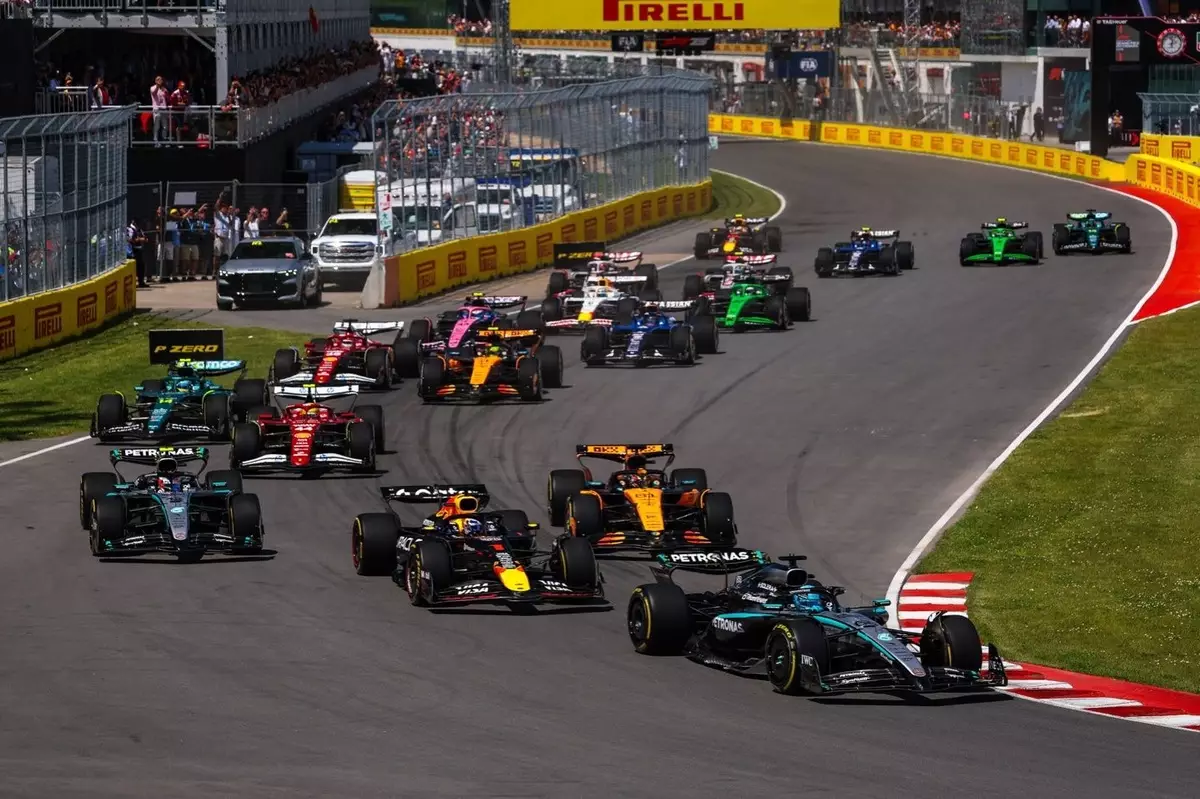In an exciting development for Formula One, the FIA has taken significant strides toward increased transparency by releasing its updated racing guidelines for the 2025 season. Amid the backdrop of contentious incidents that dominated the previous year—where the racing world witnessed a flurry of debates regarding fairness and rule application—the governing body aims to rebuild trust and improve its regulations. This unveiling not only promises to keep competitors and spectators more informed but also aims to foster equitable competition on the racetrack.
For many insiders and fans, the move to disclose the previously confidential guidelines indicates that the FIA is willing to engage more openly with its audience. Historically, the intricacies of racing regulations have often remained shrouded in mystery, breeding discontent among drivers, teams, and viewers alike. An endorsement from George Russell, the Mercedes driver and director of the Grand Prix Drivers’ Association, reinforces this sentiment: “Greater transparency within the governance of our sport is an important issue, and this is a useful step in that direction.” Russell’s remarks resonate with a community that demands fair treatment, echoing a wider call for accountability and clarity.
The Heart of the Matter: Overtaking Guidelines
At the crux of the newly released guidelines lies the controversial topic of overtaking. As discussions unfold, the emphasis on defining how and when a car should be given priority during a wheel-to-wheel duel becomes paramount. The guidelines note the conditions under which a driver can justifiably execute an overtaking maneuver, laying down what could be pivotal details in close racing situations.
For instance, the clarified thresholds for overtaking from both the inside and outside of corners stir the pot on strategies. A car attempting to overtake on the inside must align its front axle next to its opponent’s mirror before reaching the corner apex, ensuring that a clear guideline is established for fair judgment during races. Conversely, overtaking from the outside has its own set of more stringent criteria, acknowledging the heightened difficulty of such a maneuver. This critical distinction indicates a concerted effort by the FIA to strike a balance between competitive spirit and safety on the racetrack.
In previous seasons, fans often witnessed heated disputes regarding overtaking incidents, creating a perception of inconsistency among stewards. Therefore, the explicit detailing apart from being guidelines—open to interpretation—could serve as a tactical manual for drivers, shaping how they approach overtaking scenarios throughout the season.
Steward’s Discretion: Balancing Guidelines with Judgment
Despite the clarity brought about by the updated guidelines, it is crucial to recognize that these are recommendations, not hard-and-fast rules. The stewards’ discretion remains vital as they assess incidents on a case-by-case basis. This duality raises an intriguing question: can subjective judgment and standardized guidelines coexist harmoniously on the high-octane battlefield that is F1 racing?
The FIA’s weighty list of factors for evaluating incidents—ranging from how cars arrived at the scene to the nature of the corner—promotes a comprehensive understanding of race dynamics. Yet, while it aims for equitability, it can unintentionally revive the specter of controversy if not properly navigated. The engagement of stewards’ judgment introduces a human element prone to biases, challenging the very idea of transparency the FIA seeks to establish.
Ultimately, the challenge will lie in consistently applying these guidelines and making the racing environment safe, competitive, and fair, all while maintaining the exhilarating nature that F1 is renowned for. As the season unfolds, it will be fascinating to see how these new parameters influence racing tactics, driver decisions, and, ultimately, the viewers’ experience.
A Promising Future for Formula One
The introduction of the updated guidelines is undoubtedly a step forward in ensuring a safer, more transparent, and fairer FIA Formula One. As discussions about regulations and governance continue to flourish, one can only hope that the integration of these new practices brings about a renaissance for the sport—leading to races defined by skill, strategy, and above all, integrity. The world of F1 will be watching closely, waiting to see how these changes resonate in the fast-paced environment that characterizes this elite form of motorsport.

